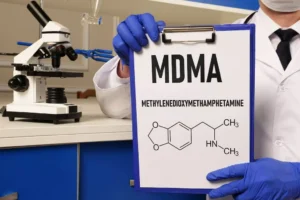
They’re often prescribed to people at risk of having future blood clots, rather than to treat existing ones. Medications prescribed to lower cholesterol levels (known as statins) can cause flushing, itching, stomach bleeding, and liver damage. Combining these drugs with alcohol can make the risks and side effects worse, especially if you have liver disease. If you’re drinking excessively or regularly, you are increasing the risk of adverse medication reactions.
Cholesterol Medications
Warfarin (Jantoven) is a commonly used blood thinner (a coumarin oral anticoagulant). It is used to prevent or treat blood clots in veins, arteries, or the heart, which can reduce the risk of a stroke, heart attack, or other serious conditions. It’s best to avoid mixing alcohol and blood thinners due to the risk of stomach irritation and increased bleeding. If a special occasion is approaching, aim to space out drinks from your medication doses and limit them to only one or two. Interestingly, heavy alcohol consumption tells a different story. It can raise your risk of blood clots by increasing your platelet count and activating blood platelets, making them more prone to spontaneous clotting.
What are the risks of drinking alcohol when on my medication?
- The relationship between alcohol and AFib is particularly concerning as alcohol can act as a trigger for AFib episodes.
- Alcohol has anticoagulant properties that can enhance the effects of Eliquis, potentially leading to dangerous bleeding complications.
- Studies have shown that alcohol, especially when consumed in large amounts, can disrupt the normal coagulation process, leading to both increased bleeding risks and, paradoxically, thrombotic events.
There are hundreds of prescription and over-the-counter medications that are not safe to mix with alcohol. The dangers of mixing alcohol with medications can range from increased side effects to potentially life-threatening symptoms, overdose, and even death. Delve into the significant variances between paroxysmal atrial fibrillation (AFib) and persistent AFib, considering their implications on cardiac health. When alcohol consumption begins to interfere with an individual’s health, safety, and daily activities, it may be a sign of alcohol abuse. Signs of alcohol abuse include frequent binge drinking, inability to control alcohol intake, and negative impacts on personal or professional life.
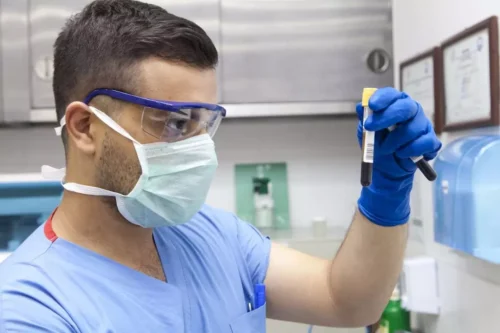
Switching from Eliquis to Xarelto
Increasing the level of blood thinners in the body can lead to an increased risk of bleeding. NSAIDs, like Advil or Motrin (ibuprofen) or Aleve (naproxen), which are available in both prescription and OTC formulations, are commonly used for pain, inflammation (swelling), and fever. If you take metoprolol along with an NSAID, metoprolol may not work as well to lower your blood pressure. Your healthcare provider may recommend that you monitor your blood pressure closely if you mix these medicines.
Discover effective ways to manage common heart palpitations at home by incorporating clear strategies into your routine. By gaining a deeper understanding of when to seek medical advice, you can take proactive steps towards achieving optimal cardiovascular health and well-being. While taking Eliquis, it’s important to avoid certain medications like aspirin and aspirin-like medications, as well as certain medications for fungal infections and seizures. Additionally, it’s recommended to avoid grapefruit and grapefruit products due to their interaction with Eliquis. Having discussed how to manage alcohol misuse, let’s examine the possible interactions between Eliquis and other medications.
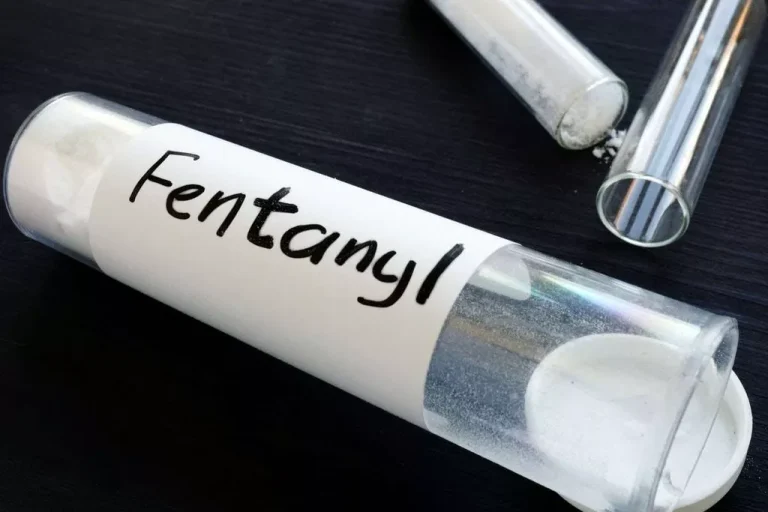
- According to the National Institute on Alcohol Abuse and Alcoholism (NIAAA), almost 87 percent of people in the US, ages 18 and older, drank alcohol at least once in their lives.
- A 2016 review suggests that significant daily alcohol consumption increases the activity of platelets.
- In closing, combining alcohol with certain medications, particularly those with sedative effects, can increase the risk of adverse events, including falls, driving accidents, and fatal overdoses.
- NSAIDs, like Advil or Motrin (ibuprofen) or Aleve (naproxen), which are available in both prescription and OTC formulations, are commonly used for pain, inflammation (swelling), and fever.
- Despite their name, blood thinners (also called anticoagulants) don’t actually thin your blood.
- If you are concerned about enjoying a glass of wine after taking Aspirin, continue reading to learn about the risks and safety considerations of mixing alcohol and blood thinners.
It’s critically important to understand the potential health implications involved. This article cuts right to the chase, detailing the risks and clear guidelines for safely managing alcohol and Eliquis intake. Without an information overload or a sales pitch, you’ll learn key considerations to protect your health while on this medication. Alcohol increases the effects of Pradaxa through an unknown mechanism.
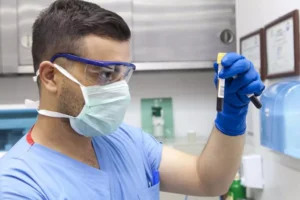
Eliquis works by blocking an important process in the body called blood clotting. It involves many complex steps that lead to coagulation (the process of blood thickening). The role of Eliquis is to eliminate blood clots and interfere in the blood clotting process in certain types of patients. The 2020–2025 Dietary Guidelines for Americans suggest that adults of legal drinking age who choose to drink should do so in moderation. For men, this means no more than is alcohol a blood thinner two drinks per day, and for women, no more than one drink per day.
Your addiction does not have to define who you are.
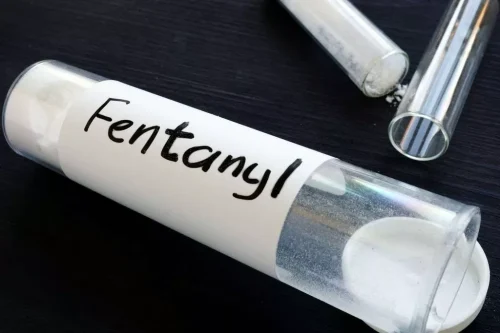
You can ask your doctor about other treatments that may be better options for you. Currently, Nicki is pursuing a Doctor of Philosophy (PhD) in Counseling Education and Supervision at Grand Canyon University. Nicki’s research interests include the use of Positive Psychology interventions with dual diagnosis clients. Nicki hopes to contribute to the body of knowledge in treating substance use disorders. With a wealth of knowledge and services to help you regain control of your life, request a call-back from one of our professionals today.





